- Joined
- Aug 15, 2000
- Messages
- 19,202
Garry,
The fact that alternate technologies exist or new technologies emerge does not necessarily invalidate older studies. You have mentioned numerous times that in your opinion the Cowing study used the wrong device to measure light content or intensities, and that it was focused on the wrong wavelength. Could you explain how that invalidates what the study reveals? Or the study's conclusions and recommendations?
I have previously shown the graphs Bryan, read back. Frustrated! Not going to re-answer this other than to say that an ordinary photographic light meter is better at measuring the causative radiation than the UV meter Cowing used.
Afterall, the study was done in response to an issue that many in the trade had already identified and were concerned about. The study itself involved a survey of diamonds with varying degrees of fluorescence and attempted to establish the problem, explain the root cause mechanisms, and make recommendations to solve or mitigate the problem.
He did less to bring about change than Marty Haske. By 2008 it was 8 years too late.
The issue was considered of sufficient importance that many serious people in the trade (Martin Rapaport among them) attributed the unwarranted discounts (value loss) of fluorescent diamonds largely to the color grading problem.
So you have not read rapaports latest article, clearly. It is 2 weeks old. Total back flip from Rapaport.
365nm was used in the study because it was (and still is) the standard used in the labs for observing and reporting the fluorescent reaction. You never read about GIA's color grading patents that I have posted Bryan? Seems more like 385 is the number now.
But it was also called out in the study that other wavelengths excite blue fluorescence, in particular wavelengths from 380-415 in the Visible Violet band of the spectrum. Thomas Hainscwhang’s 3D graph shows the different wavelengths and the strength of their effects. So the impact of VV is not ignored in this study, in fact it was highlighted. Yet MC used a UV Solarmeter that does not read those frequencies?
But what difference does that make to the findings of the study? Grade whitening was observed in various lab grading environments and correlated to both the strength of fluorescence (observed at 365) and to the intensity/distance from the light source. 365 nm, VV and all wavelengths in between obey the same laws of physics and will similarly lose intensity and their fluorescence stimulating ability within a few inches of artificial light sources. You are wrong.
Much of your position on the visual impact of fluoro seems to center around environments with varying degrees of sunlight present. But the diamonds in the Cowing study were not graded in sunlight, nor were the stones in the GIA survey. Bryan why cant you stop writing and do something to see for yourself?
While doing a study on the visual impact of fluorescence on diamonds where varying intensities of sunlight are present is a worthwhile idea, that is not what Cowing et al studied. And it is not constructive to malign their work because they didn’t choose a different question to study and/or different measuring devices and wavelengths.
Do you know what CRI means Bryan? Can you color grade diamonds under your desk?

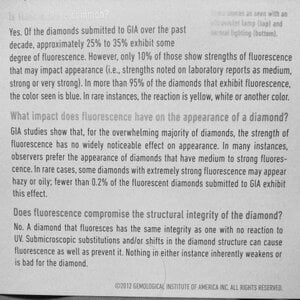
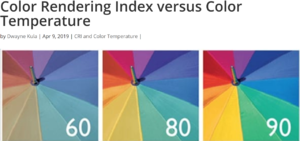
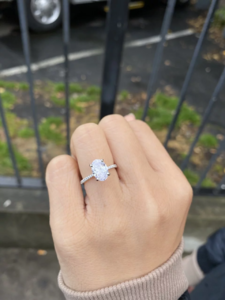
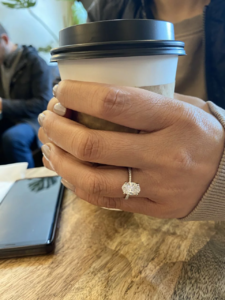
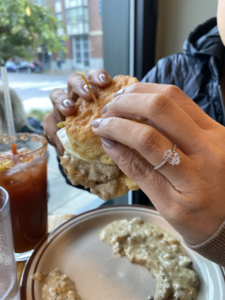
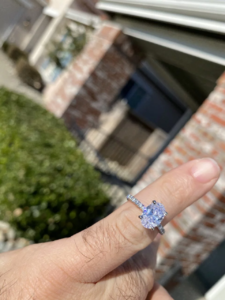
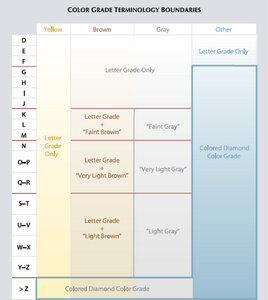
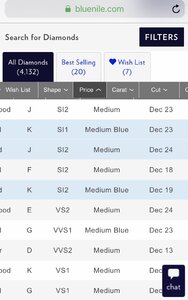


300x240.png)